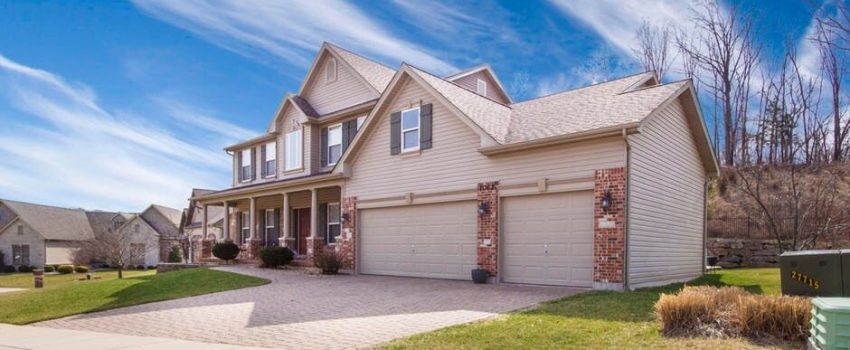As property values across the nation continue to soar, Americans are sitting on an unprecedented amount of equity. Homeowners now have a collective $5.8 trillion in available home equity, the highest volume ever recorded.
The recent rise in housing values to near pre-recession highs is increasing the net worth of millions of Americans, yet for the most part, they don’t seem to be tapping into it at the same rate as previous housing booms.
Even as values rise, along with the amount of available equity, Americans seem averse to pulling money out of their homes. Home equity lines of credit, used to tap into a home’s equity, are stagnant, as is overall cash-out refinancing.
So-called “tappable equity” represents the appraised value of a property minus 20 percent – the amount of equity most conventional lenders require borrowers to hold in reserve. Tappable equity grew by 7 percent in the first quarter of 2018 from the previous quarter. It is up a whopping 16.5% over this time last year.
The average homeowner with a mortgage gained $14,700 in tappable equity during the past year, with more than $113,000 available to them with financing.
Although economic growth is robust and consumer confidence is high, homeowners are still shying away from pulling money out of their homes. It could be fear of falling into a negative-equity situation that befell millions of Americans during the last recession, or it may be that homeowners feel more financially secure holding on to their equity as millions of baby boomers reach retirement age.
Although U.S. homeowners are sitting on a mountain of equity, variable rate fears are placing added fears of refinancing. While a 30-year conventional mortgage is typically fixed for the term of the loan, home equity lines of credit (HELOCS) are adjustable rate loans that rise along with consumer rate hikes. With the Federal Reserve indicating a slow and steady rate hike policy, many homeowners are standing pat for now.
“Who wants uncertainty when it comes to monthly finances,” said Ben Graboske, executive vice president of Black Knight’s Data & Analytics division. “I think a lot of Americans look at, what are my payments? What is my income coming in and what are my payments going out? They want certainty that they can cover their costs and not worry about it.”
Another consideration is that 80% of homeowners with tappable equity have a current rate below 4.5%, with 60 percent having a rate lower than 4 percent. Current interest rates on a 30-year conventional mortgage are hovering around 5%, making cash-out refinancing a more expensive option.
Even so, more homeowners are opting for cash-out refinancing of their first loan and avoiding the rate uncertainty that comes with variable rate HELOC financing. However, the numbers are still low, with only 1.17 percent of available cash-out funding originated in the first quarter of 2018.
As home values continue to rise and net worth for homeowners soar, some younger owners are remaining cautious with their equity. Consumer confidence in the housing market, which was quite positive two years ago, is starting to wane. Even as consumers feel bullish on the economy, those positive feelings are not spilling over into real estate.
For now, it appears most homeowners are content with sitting on their equity and testing the limit of today’s housing boom.






